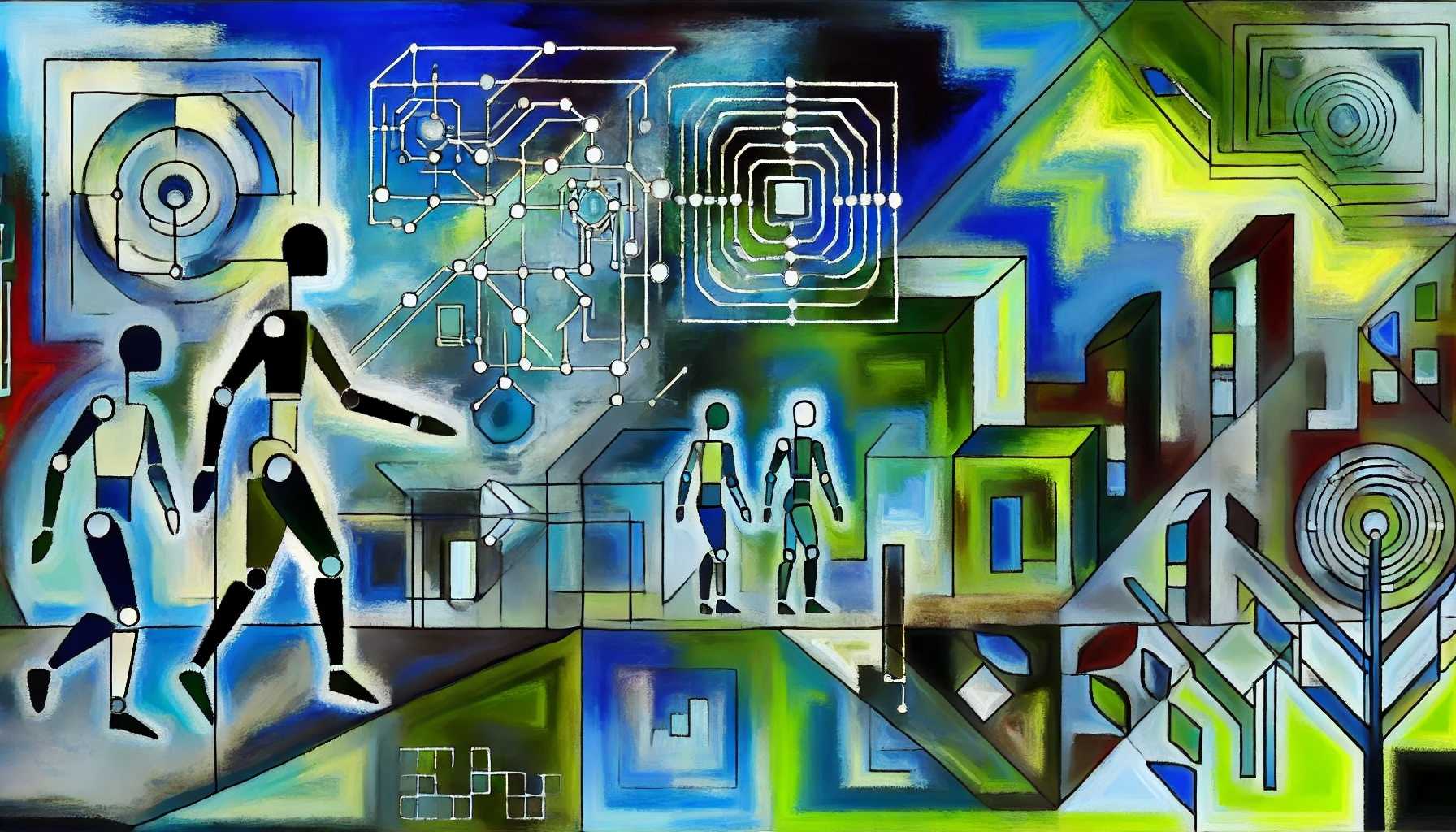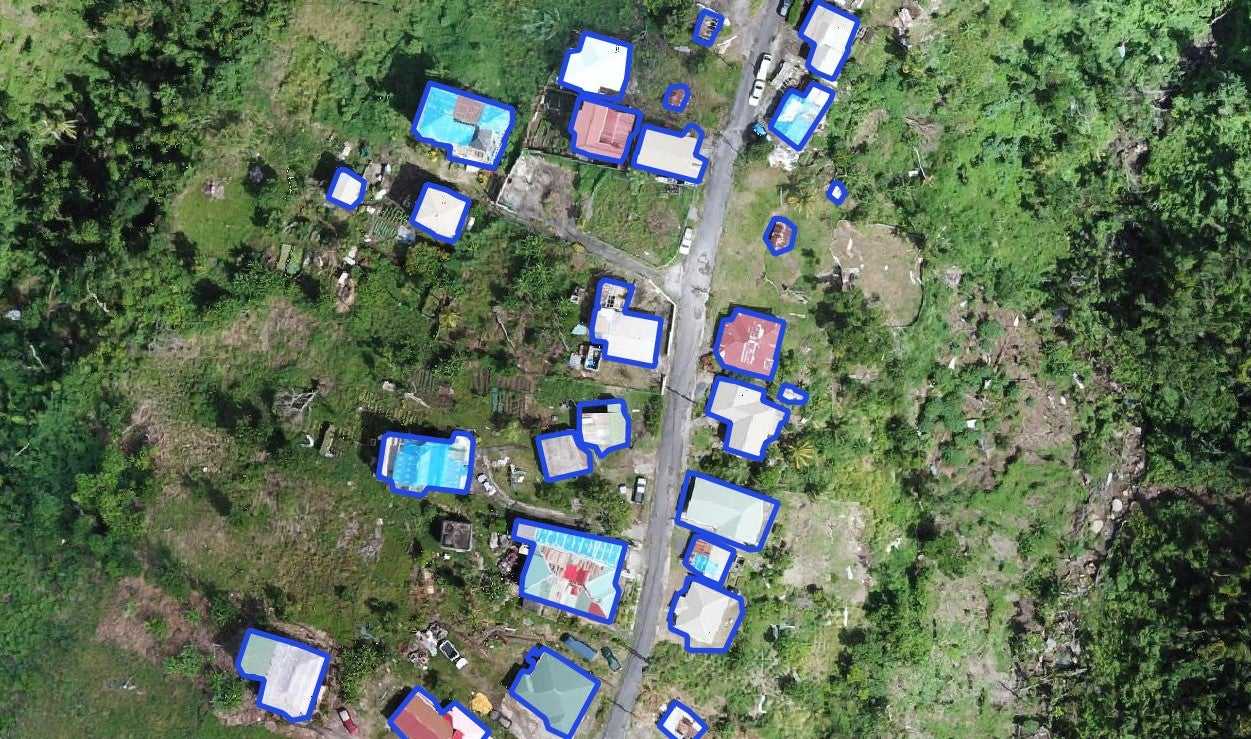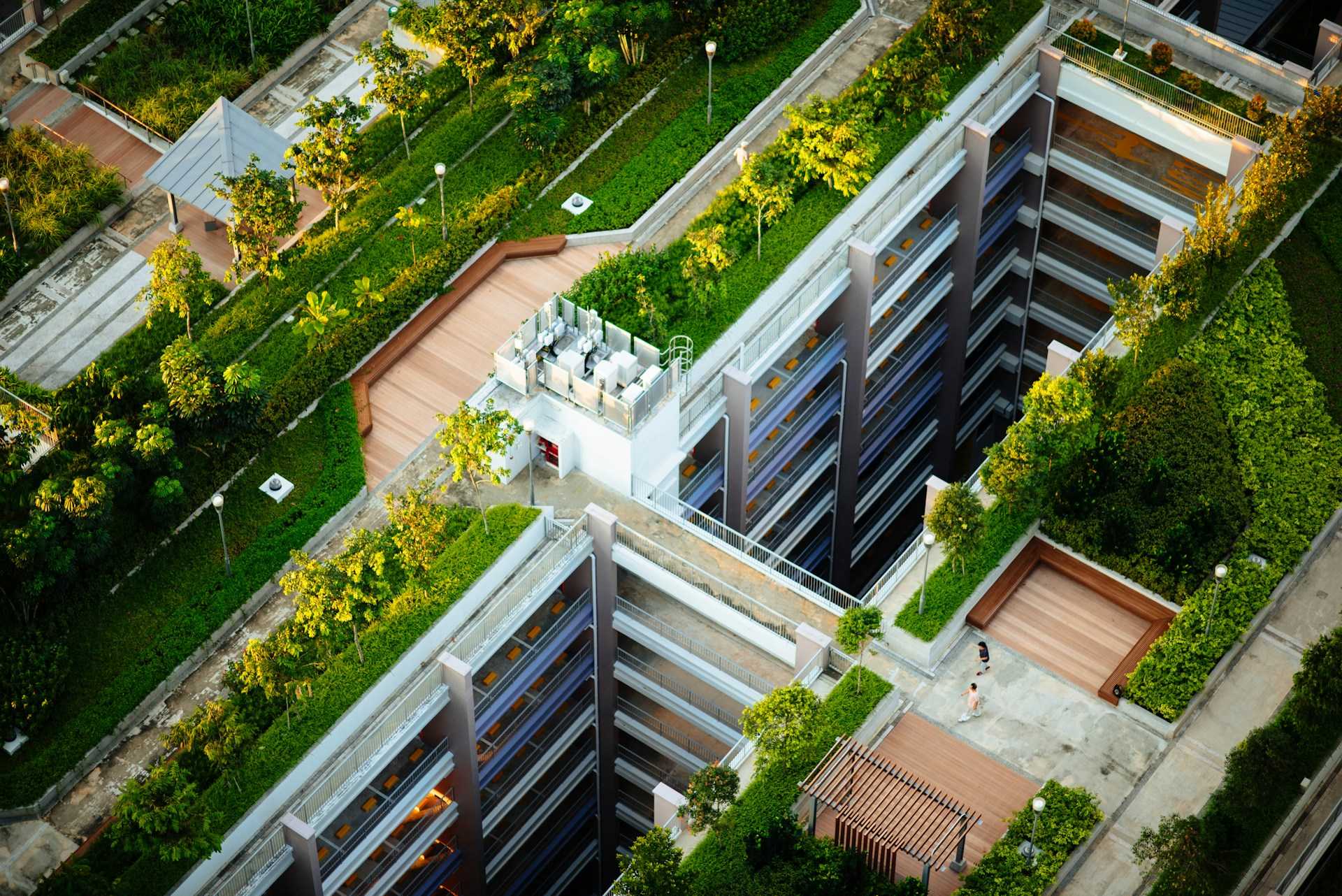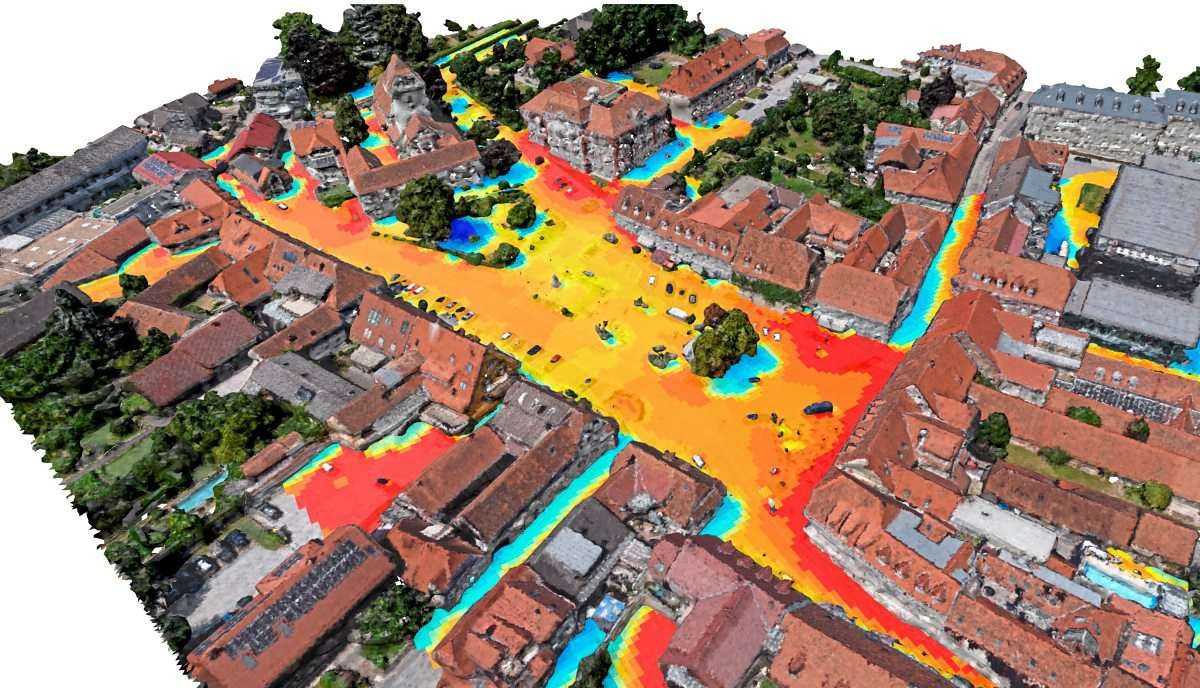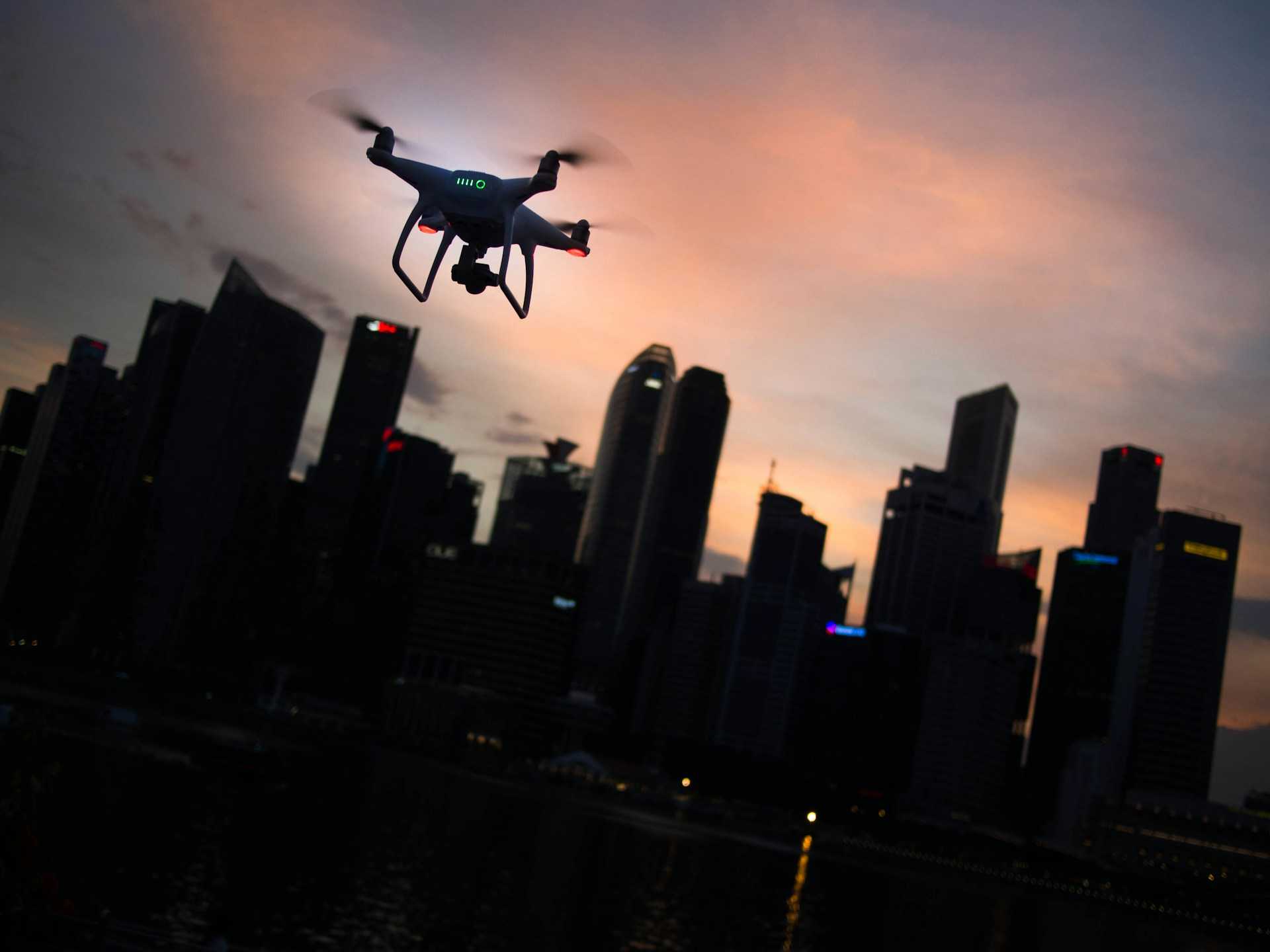
Drones for resilience
From manual to autonomous observation.
How likely? How soon? What impact?
Over the next decade, cities will deploy a growing array of aerial, autonomous robotic systems. These fleets will enable more frequent, detailed, and cost-effective data collection and analysis supporting critical resilience and adaptation activities. AI-powered drones will automate the inspection of buildings and infrastructure, making it easier to repair damage from more severe storms. After disasters, drone surveys will empower local governments to rapidly assess damage and plan resilient reconstruction. Urban ecosystems will benefit from robotic systems that monitor biodiversity and environmental conditions in real-time. And heat island mapping using drones equipped with thermal imaging will allow cities to precisely target and evaluate cooling interventions.
This shift towards robotic urban monitoring will require cities to invest in new infrastructure, skills, and governance frameworks to manage conflicts over expanded operations in urban airspace. And while drones may expand cities efforts to reduce climate risk and manage climate-aggravated disasters, they may also to over-reliance on automated systems.
Personalized Insights
How might this trend shape your future? Generate a set of personalized insights to explore challenges, opportunities, and potential innovations. Simply select a sector, occupation, and target year — then press the button and let our AI do the work.
Generator Settings
Signals
Signals are evidence of possible futures found in the world today—technologies, products, services, and behaviors that we expect are already here but could become more widespread tomorrow.

